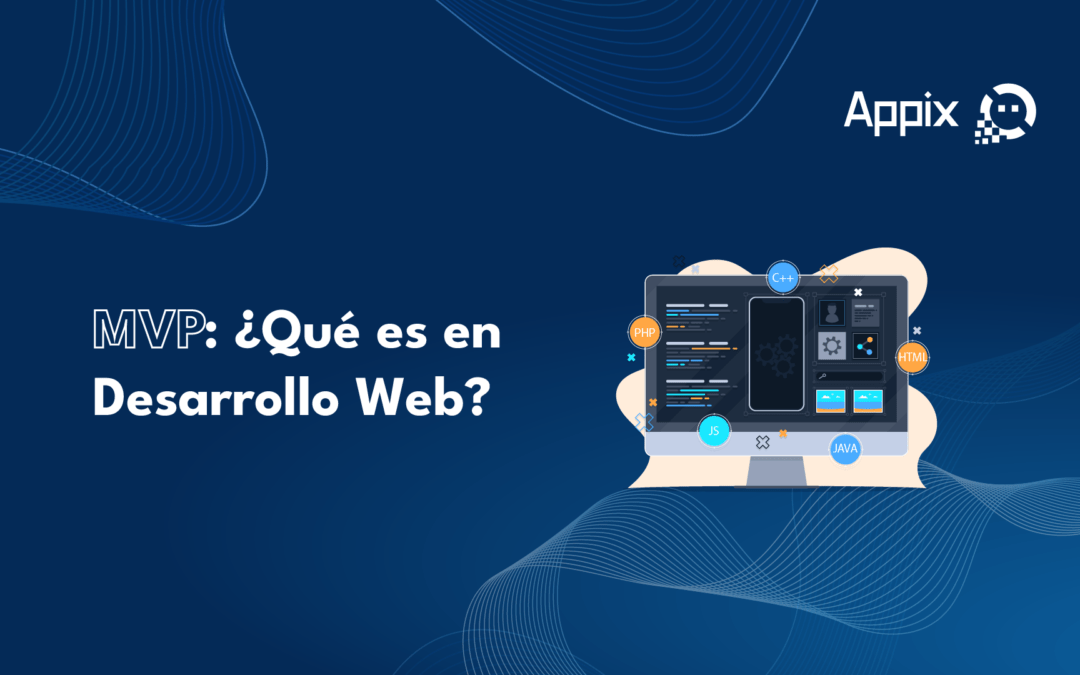In the world of web development, the term MVP (Minimum Viable Product) Minimum Viable Product.is fundamental for launching products efficiently and effectively. An MVP is an initial version of a product or service that includes only the essential features necessary to meet the initial needs of users. The goal is to validate the product idea quickly and with minimal effort, obtaining valuable feedback to improve the product in future versions.
Why is an MVP important in web development?
The MVP is essential in web development for several reasons:
- Reducing the risk of failure:Launching a website or application without knowing if it will succeed can be risky. An MVP allows the idea to be tested with minimal investment, avoiding the expenditure of resources on features that may not be necessary.
- Early feedback:: This version is launched to the market quickly so that real users can interact with it. This interaction provides direct feedback on which functionalities are liked and which are not, which is crucial for making early adjustments.
- Resource optimization:By focusing on the most basic features, development teams can reduce costs and working time. This development approach does not involve building a complete website from the beginning, but something functional that can be scaled.
- Validating hypotheses: In web development, each new feature is a hypothesis about what users need. An MVP allows these hypotheses to be validated or discarded before committing to a broader set of features.

Key Characteristics of an MVP
An MVP should focus on the essentials. Here are some key characteristics:
- Basic functionality:: It must have the minimum functionalities necessary to fulfill the product's purpose.
- Ease of use: Despite being a basic version, it should offer a good user experience.
- Scalability: Although it's an initial version, it should be designed with the possibility of adding more features in the future.
Example of an MVP in Web Development
Imagine you want to create a platform for booking online yoga classes. An MVP in this case does not need all the advanced functionalities like online payments, social media integration, or automatic reminders. Instead, you could launch an MVP that allows users to:
- Create a user account.
- Book yoga classes.
- Check the class schedule.
With this Minimum Viable Product, you could validate if there is real interest in the product, receive feedback on the user experience, and over time, add new features as you better understand your audience's needs.
The MVP Lifecycle
- Research: Before creating it, it is essential to conduct market research and define the problem you want to solve.
- Development: With a clear idea of the essential features, development of the MVP begins, focusing on only the minimum requirements.
- Launch: The MVP is released to the target audience, seeking real feedback from users.
- Iteration: Based on feedback, adjustments are made, features are added or removed, and the initial version is improved.
Conclusion
The MVP is a key strategic tool in web development. It allows companies to launch products quickly, reduce costs, and validate ideas before committing large amounts of resources. Although the MVP is a basic version of what is intended to be offered, it is crucial for ensuring long-term success, as it tests the viability of the idea and allows for an iterative process of continuous improvement.
If you're thinking of launching a new web project, consider starting with an MVP that will help you validate your idea and grow sustainably. If you need support, we can assist you.

